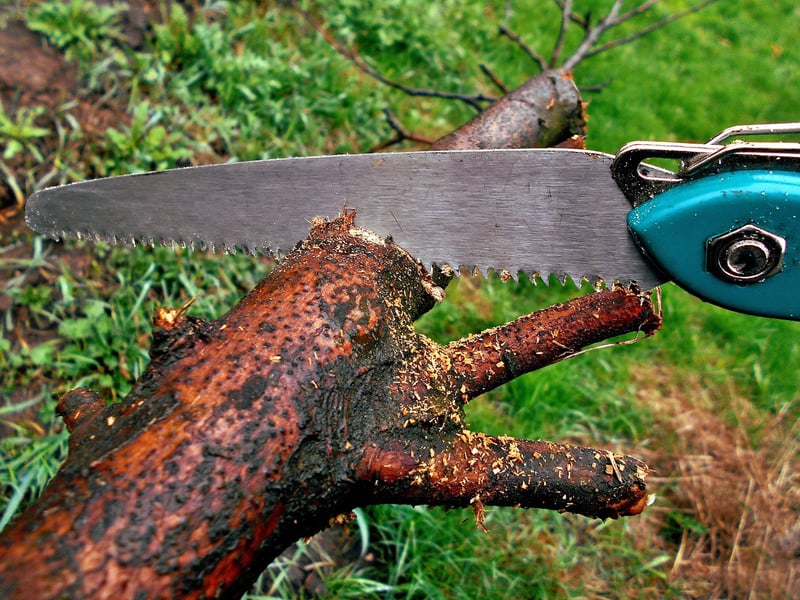Moonlight Pruning
Optimizing Plant Growth with Moonlight Pruning
Are you looking to give your plants the best chance to thrive? Incorporating moonlight pruning into your gardening routine can be a game-changer. Moonlight pruning is the practice of trimming or pruning plants during specific lunar phases to promote healthier growth and better yields. Let's explore how you can optimize plant growth through this ancient gardening technique.
The Science Behind Moonlight Pruning
Believed to have been practiced for centuries, moonlight pruning is based on the idea that the moon's phases can influence plant growth. The lunar cycle, which consists of waxing and waning phases, is thought to impact the flow of moisture in plants, affecting their vitality. By aligning pruning activities with the moon's phases, gardeners aim to maximize plant growth potential.
Benefits of Moonlight Pruning
1. Healthier Plants: Moonlight pruning is believed to stimulate plant growth and boost overall plant health.
2. Enhanced Yield: By pruning during specific lunar phases, you may encourage better fruiting and flowering in your plants.
3. Natural Rhythm: Following the moon's cycles can help you establish a natural rhythm in your gardening practices.
How to Incorporate Moonlight Pruning
- Understand Lunar Phases: Familiarize yourself with the different phases of the moon, such as waxing, waning, full moon, and new moon.
- Plan Your Pruning: Research the optimal lunar phases for pruning different types of plants. Generally, pruning during the waxing moon is recommended for above-ground crops, while the waning moon is suitable for root crops.
- Use Proper Tools: Ensure your pruning tools are sharp and clean to make precise cuts that promote plant healing.
- Prune Mindfully: Take your time while pruning, paying attention to the plant's growth patterns and specific needs.
Wrap Up
By integrating moonlight pruning into your gardening routine, you can tap into the natural rhythms of the moon to enhance plant growth and vitality. Experiment with this ancient technique and observe the positive effects it may have on your garden. Happy gardening!

